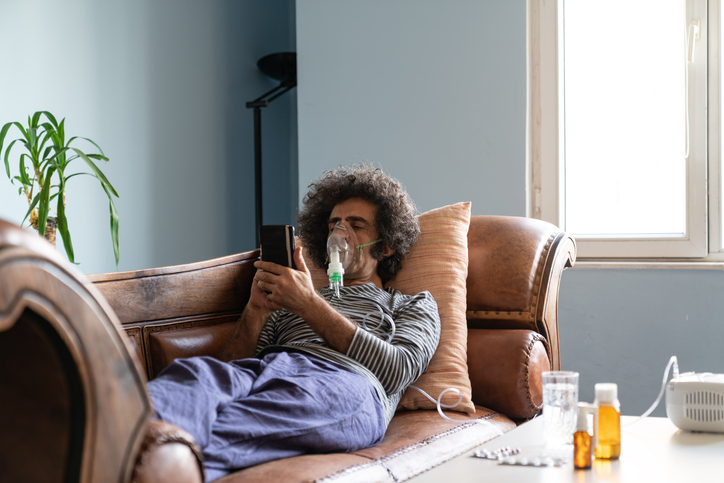Earlier this yr, a affected person of an Oklahoma hospital had been out and in of the emergency division six instances within the earlier 10 days for remedy of a extreme bone an infection.
But as a result of he lacked belief within the healthcare system, he didn’t wish to keep within the hospital. So he was provided care within the residence. The solely problem was that he didn’t have a standard residence; he was dwelling in a trailer of his pal’s yard.
This wasn’t an issue for the hospital, which companions with Medically Home, a corporation that works with suppliers to supply home-based care.
“They were able to admit this person who was so distrustful of the system who lived in circumstances that you might not consider a home and get his condition cared for for the first time,” stated Pippa Shulman, chief medical director of Medically Home.
Shulman spoke on a panel final week on the Mayo Clinic Platform Conference about how the Boston-based group is working to succeed in these in deprived communities. Medically Home, which was based in 2016, companions with 13 well being methods in 14 states, together with Mayo Clinic and Kaiser Permanente. The firm supplies coaching, protocols, procedures and expertise to assist well being methods present the care, and it manages the products and companies that sufferers want. In return, Medically Home expenses a price to its companions.
Currently, underneath the general public well being emergency, Medicare and plenty of state Medicaid packages cowl hospital-at-home care, in addition to a number of Medicare Advantage plans and business insurers, in keeping with Shulman.
Shulman stated that not everybody wants a standard residence with a view to obtain home-based care. As lengthy as they’re someplace with a roof, electrical energy, operating water and a toilet, Medically Home can provide its companies. There are sufferers who obtained care from their pal’s front room or sofa, or an Airbnb. In the case of pure disasters, like an ice storm, Medically Home may even put sufferers in a lodge, Shulman added.
For those that don’t have a house, a Medically Home accomplice well being system may ask if there’s a member of the family or pal who’s keen to host them. In this case, the group will converse with the member of the family or pal and clarify what the care would appear like, and the corporate tries to maintain its footprint comparatively small within the residence, Shulman stated.
Patients don’t want any expertise themselves to obtain residence care; Medically Home supplies all the mandatory tools, additional making it simpler for sufferers to entry the care. The firm brings sufferers a pill, telephone and a private emergency response system that they put on, all of which routes to a command middle. For web entry, Medically Home additionally brings a connectivity system. With these gadgets, sufferers are additionally capable of join with their care group 24/7, Shulman stated.
Like the affected person who obtained care within the trailer of his pal’s residence, many sufferers lack belief within the healthcare system. Providing care at residence can restore that belief, Shulman stated.
“When we think about vulnerable patient populations, the advantage of moving the care to a place that they call home is that we really place that patient at the center of the care. We are guests in their home,” Shulman stated. “Although yes, we provide everything that’s required in the time fashions required, they know when we’re coming, they know who is coming … They’re not left wondering, ‘Who am I going to see today?’”
And not solely do sufferers profit from this arrange, however their caregivers do too.
“We do not ask the caregivers to be the nurse or to provide the care, but they also have that same transparency of who’s coming, what’s happening next,” Shulman stated. “They can participate in the visits with the doctor and the nurse. And that’s often a really big change for caregivers compared to what they see in the bricks and mortar hospital.”
Although Medically Home is providing care to many sufferers in nontraditional residence settings, some sufferers are nonetheless out of attain. The subsequent frontier is rural communities, the place broadband entry is difficult, Shulman stated. She added that there are a number of avenues the corporate is exploring to enhance this drawback, corresponding to utilizing gadgets that may improve the energy and energy of wi-fi indicators, or utilizing satellite tv for pc expertise.
“We work in multiple rural communities already, but that’s the area where our connectivity challenges are the greatest,” Shulman stated. “I just want to make sure that we’re creating a reliable and robust connectivity path for as many patients as possible and I think rural areas are where that can be challenging.”
Photo: selimaksan, Getty Images

